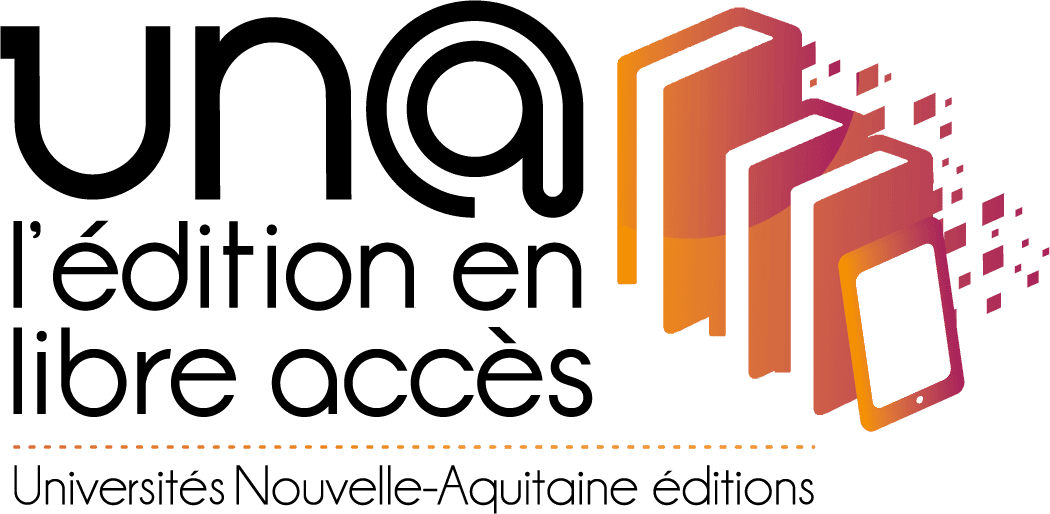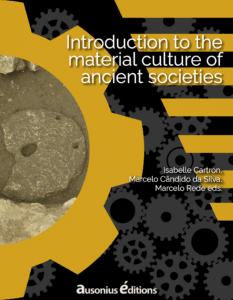UN@ est une plateforme d'édition de livres numériques pour les presses universitaires de Nouvelle-Aquitaine
Collection : V@demecum_3
The study of warfare in ancient societies can bring to the fore an understanding of what happen in those societies.
par Wendy Bougraud
The Inrap archaeological excavation carried out at the end of 2020 in Mortagne-sur-Sèvres (85) led to the discovery of a sepulchral complex of 99 tombs dated between the 6th and 7th centuries AD
par Adrien Bayard
For almost a century, archaeologists and historians have long debated the role of trade in the economies of ancient and medieval societies. Primitivist and modernist views have been at odds over the existence and role of the economy and the market in Antiquity and the Middle Ages.
par Alban Gautier
The social food traditions may be roughly divided into two main categories. In one hand, feasting – being any kind of celebratory meal– is generally led to profusion and overabundance.
We are used to see chronic food shortages as a characteristic feature of ancient societies.
par Mathieu Vivas
Penal death in medieval Europe is a vast subject whose chrono-cultural, institutional, and regional subtleties have been highlighted by historians of texts, images, law and procedure, subtleties which sometimes still raise questions.
par Isabelle Cartron
The organization of burial spaces evolved considerably throughout the Middle Ages. The progressive Christianization of towns and the countryside considerably modified the relationship between the dead and the living.
par Leandro Ranieri
Fighting and warfare narratives fulfil the annals of sovereigns in the world history. Sometimes these narratives are accompanied by images, celebrating the battle achievements.
Henry E. Eccles (1962, 98) described logistics as “the bridge between the economy of the nation and the tactical operations of the combat forces.” The limitations faced by ancient societies in waging war were related to their capacity to produce, muster and transport resources in a timely fashion.
Weapons are valuable to understand societies, as they not only respond to specific issues regarding fighting techniques, but also, they present a social aspect: all soldiers did not have the same equipment.
par Cécile Michel
Garments are a civilisation fact in ancient Mesopotamia. Made of linen, then wool, it is highly dependent on the development of agriculture and animal husbandry, born and developed from the 9th millennium on.
par Marcelo Rede
The presence of inscriptions frequently has the effect of eluding the materiality of the artifact. In many fields of knowledge, writing has thus earned a certain amount of autonomy about its physical support, and it became the focus of the analysis.


